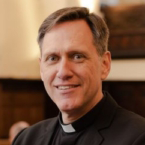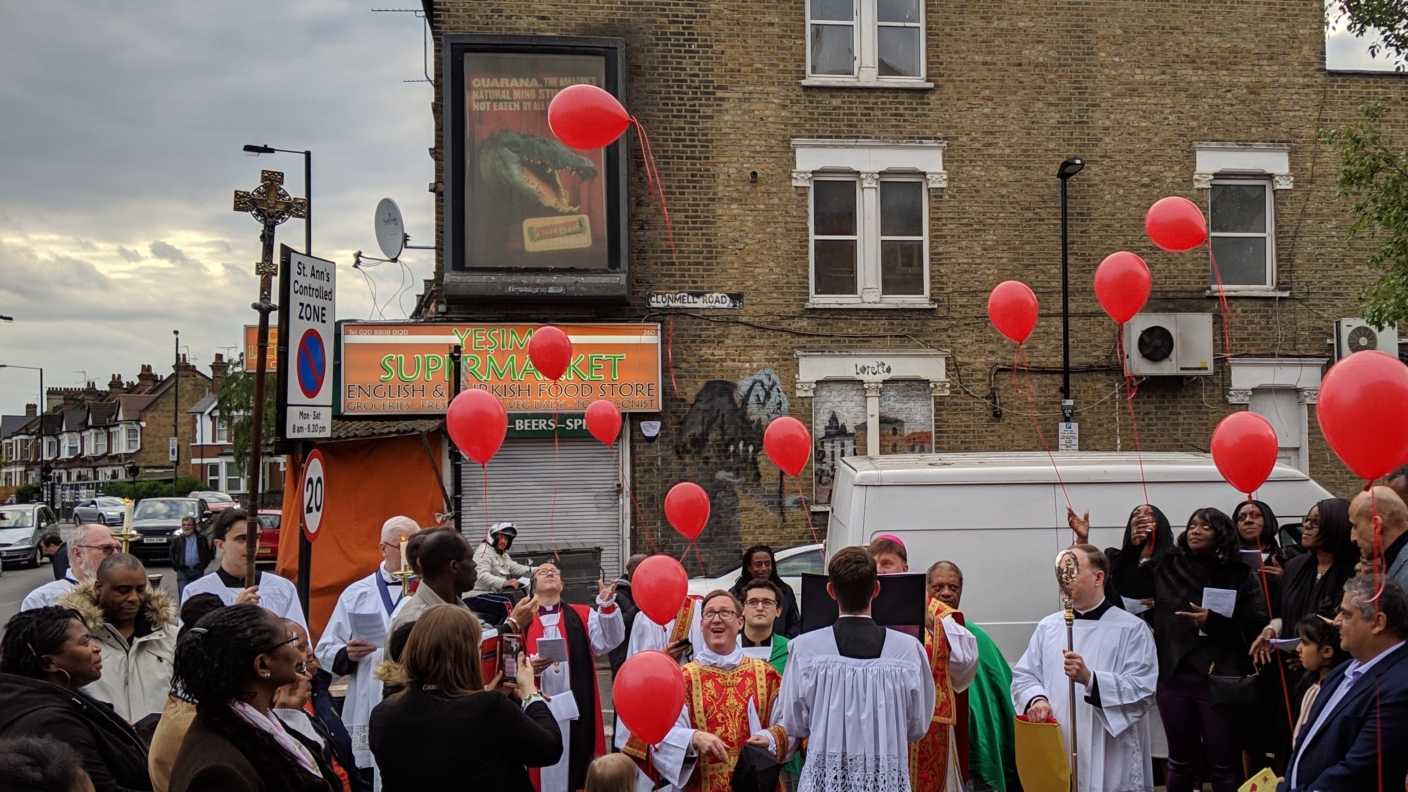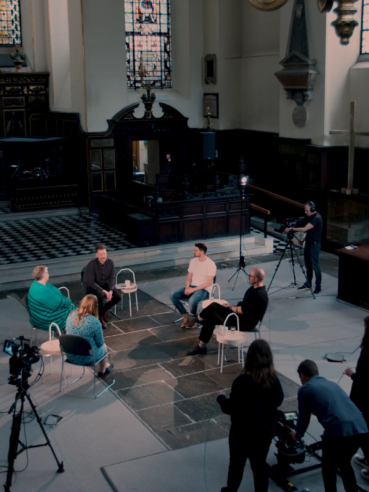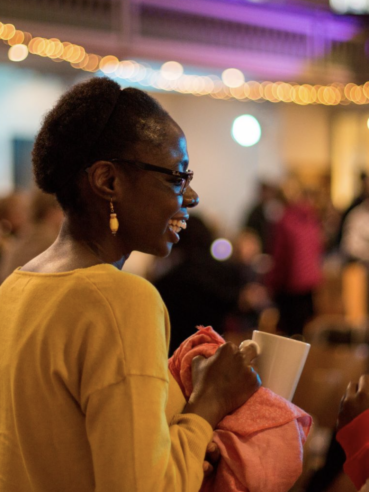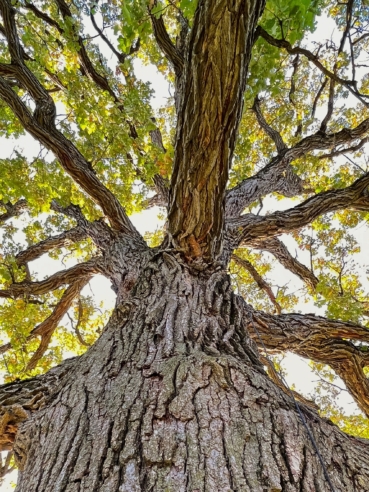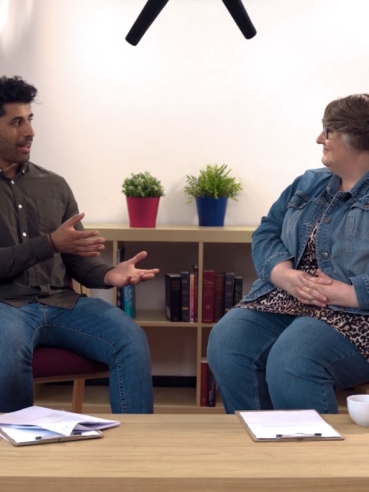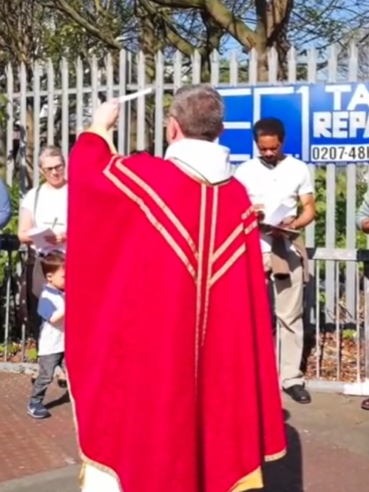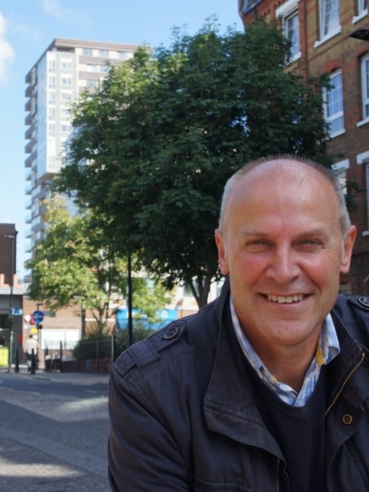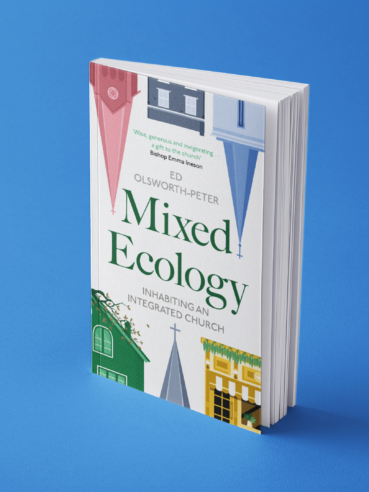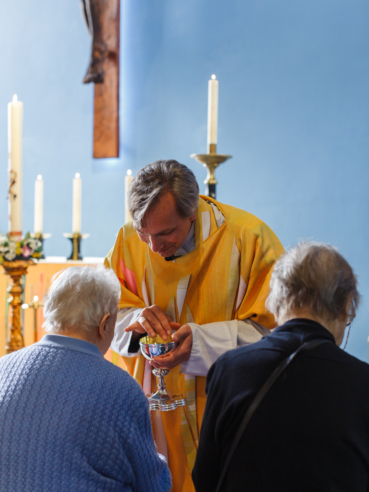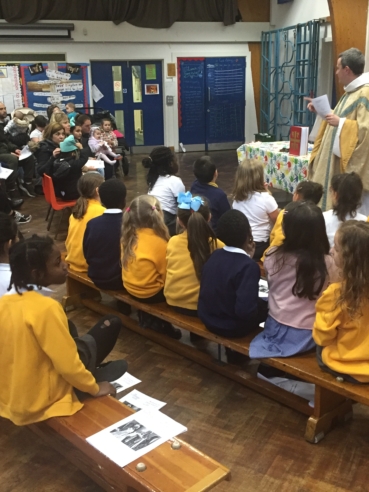What is the unique role of parishes within church planting? How are parishes at the heart of the London Diocese’s vision to reach new people? How does lay-led church planting support our parish system? We spoke to H Miller, Associate Vicar at St Barnabas Kensington, to find out more.
What is your role within the London Diocese? How long have you been involved in church planting?
I have a dual role within the Diocese of London. I’ve been the Associate Vicar at St Barnabas Kensington for about six and a half years. I’m also the Creative Growth Ambition Lead in the diocese. This role is sometimes called the Mission Enabler in other dioceses. It basically means that I lead the ambition for growth for the diocese, which includes church planting. I’ve worked for the diocese for about six years and helped to lead the diocese’s project to plant 100 new worshipping communities for Capital Vision 2020.
I planted my first church about 30 years ago, in the early nineties. I was part of a team at theological seminary that started a new congregation in a church. We called this model a church within a church in the US, but in the Church of England we’d probably refer to it as a new congregation within an existing parish. If I count correctly, I think I’ve now led or been part of eight church plants, so it’s definitely been a recurring theme of the last 30 years!
Is church planting an Anglican practice? Where do we find it in Scripture and church history?
Absolutely! When we speak with different parishes, we often ask ‘When was your church planted?’ Every church was planted at some point in time and there was once a time when it didn’t exist, but now it does. We might use different language to describe this process – a church can be established or founded or planted, but each church has a beginning.
A few weeks ago, I was recounting at St Barnabas how the equivalent of the PCC at St Mary Abbots Church in Kensington made a commitment in 1825 to expand and start two new congregations as it was a large parish. One congregation became St Barnabas Kensington and the other became Holy Trinity Brompton (HTB). So church planting is definitely part of our Anglican heritage.
We’ve seen waves of church planting across all the different traditions of the Church. Around 100 years ago, there was a church planting movement in East London that was led by the Catholic wing of the Church. This recent emphasis on church planting feels like a new wave of something that has always existed.
In Scripture, the Book of Acts shows how the Church begins to spread. Initially it seems to be happening organically in Antioch and other churches starting out of Jerusalem. But during Paul’s first missionary journey in Acts 13 and 14, there is a sense of intentionality. Paul sets out with Barnabas intentionally to make disciples in Asia and after heading in one direction, they return to visit these newly founded churches to encourage and equip the disciples, while also appointing elders to lead. This is the first place we see strategic church planting. We also learn how making new disciples and starting new congregations are interrelated. If we set out to make disciples, we’ll probably end up starting new congregations and vice versa if we’re doing it well.
In recent discussions, there has been an emphasis on lay-led church planting, which has led to fears that it could pose challenges to our parish system and prompt questions about our Anglican structures and heritage. What are your thoughts and what have you experienced in London?
When we talk about lay-led church planting, firstly there’s a recognition that sustaining church life requires an inordinate amount of energy and time from our clergy. Navigating through a pandemic has demanded a huge amount from our priests and they are doing everything possible to support church life. Yet with all our efforts, we only reach about 1.6% of the population as the Anglican Church in London. When we raise the possibility of using lay leaders and members of the congregation, it is about expanding the ministry of the priesthood. It gives opportunities for ordained clergy not just to lead their congregation but to lead new leaders in new ways, extending their ministry. Lay leadership is therefore under the authority of ordained leadership, operating within our episcopal structures and our understanding of deacons, priests and bishops. This is our heritage and our ecclesiology.
We’ve seen it in London and around the country where we have lay-led congregations. The Grove is a missional community that’s been planted on an estate in West London and is led by Mark Tate, who isn’t ordained but comes under the authority of a local priest. It’s been going since 2016 and it provides a great ministry to the Gurnell Grove community, seeing several residents come to know Jesus. We’ve also seen a revitalisation at St Saviour’s Hanley Road in North London, where a congregation has been led by an ordinand under the priestly authority of ordained clergy. Many of our missional communities also have both ordained and lay leaders, again allowing clergy to extend their ministry through overseeing and releasing new leaders.
Do Anglican parishes and clergy have a unique role to play in church planting? Why are parishes so crucial in expanding mission and reaching new communities?
Parishes are at the core and centre of church planting. Our 2030 vision for the Diocese of London includes the goal to plant 400 new worshipping communities, and this number reflects the fact that we roughly have 400 parishes in London. We started asking what if every parish planted or started a new congregation or was involved in pioneering work or a Fresh Expression? So our church planting target in the London Diocese was conceived and is deeply rooted in the parish system. It’s about helping clergy to think how they can expand mission in their own parishes. The strength of the Church of England is that every square inch of the country is covered by a parish and someone has the cure of souls of those who live there. It’s out of this place of strength that we can look at new ways to reach new people.
How have different parishes been involved in expanding mission and reaching new people in London?
In response to Capital Vision 2020, we saw 87 new worshipping communities started in London and the vast majority of these new communities were directly related to parish life and ministry. For example, we saw a huge growth of new foreigh language congregations. Some of these services have recently been given BMOs to operate across the whole diocese, but most of these congregations are directly based in a parish. Parishes have started services in Gujarati, Hindi, Turkish, Portuguese, Spanish, French, Italian and German – all out of a desire to reach new people.
We’ve also seen revitalisations, where one parish sends a group of people to another parish that needs support, such as St Paul’s Harringay, which was revitalised with a team from Christchurch Mayfair led by an ordained leader. By revitalising an existing church, we bring an infusion of new life and suddenly a parish that has been struggling starts to thrive. New people are reached and new disciples are made; the parish often becomes more stable financially; we typically see giving increase and ministries develop and grow. Revitalisations can therefore strengthen the very fabric of the parish system.
A variety of other congregations have begun in parishes – we’ve had new youth congregations formed and family services have started in existing parishes. In West London, we’ve seen the re-establishing of a church community in the previously closed building of St Michael’s Fulwell. We’ve also seen existing parishes being incredibly creative in new ways that they hadn’t imagined previously. The Nags Head Church Community is a weekday church that meets in Costa Coffee in Holloway for those who aren’t very churchy. It’s a great example of a parish planting a fresh expression within their parish for those who want to explore faith in a different context. Choir Church is a new worshipping community, in the modern catholic tradition, built around a children’s choir in a local parish school and planted by St George-in-the East. Through Eucharistic worship and a focus on social justice, its worship is open to the wider community of parents, teachers, neighbours and friends, and this model is being replicated across the country.
How does the London Diocese’s 2030 vision strengthen parishes?
The London Diocese’s 2030 vision for every Londoner to encounter the love of God in Christ is split into three ambitions: Confident Disciples, Compassionate Communities and Creative Growth. A significant part of the Creative Growth Ambition is to see every parish involved in some kind of learning environment about growth. There are various options for parishes and one of our main tools is the Grow Course. The Grow Course is specifically designed to work with our existing parishes to help them think about how they can strengthen what already exists and grow in numbers, depth and impact. Firstly, we look at their vocation – what is the vocation and calling of this parish? Then we look at formation – how are disciples being formed and developed in the parish? Next we look at mission – how is the parish engaging in mission and connecting with the community around them? How are they reaching new people? Lastly we look at multiplication – how is the parish involved in seeing itself multiply? Our hope is that every parish in London could go through a process like this every five years to look afresh at their ministries and vocation.
What does the term ‘mixed ecology’ refer to? Why is it important for the future of Anglican mission?
I think the term ‘mixed ecology’ stems from a healthy awareness that there have always been multiple models at work within the life of the Church. In Acts, we have the established church in Jerusalem and then Paul goes out to start new church plants. It reminds us that a healthy ecosystem isn’t made up of one thing, but contains multiple layers. A strong parish system is vital for the health of the Anglican Church, but we also need a healthy diversity of worshipping communities integrated around our parishes to reach new and different people. Just as we live in a diverse and complex social structure in the twenty-first century, we need to be able to respond missionally with a healthy diversity. Initiatives such as Bishops’ Mission Orders (BMOs) or pioneering ministries or Fresh Expressions begin to create this diversity, which strengthens our mission. We need every area of the Church to thrive and we need all kinds of churches to reach all kinds of people.
How can parishes get involved in church planting or explore opportunities to church plant?
Particularly in London, if there are churches who are realising that they don’t have the capacity yet to church plant, the Grow Course is a great place to start. It helps parishes as they navigate how to sustain and grow church life, providing structure and support to build capacity and work through any potential issues. A lot of things might need to happen first before church planting becomes a reality, but it starts teams on a journey to think about multiplying in the future.
Or there might be individuals, either ordained leaders or members of a congregation, who have ideas about starting something new. We’d love to have a consultation and talk about these possibilities. One of my favourite things is to chat about someone’s dreams for an hour and hear their ideas on reaching new people. In my role, I can often say yes to a lot of things and point people in the right direction or give advice and support. We’d love to talk through any ideas.
Lastly there are lots of resources on our CCX website, such as recorded livestreams and stories of church planters, as well as courses and resources. We’re also going to write up our theology of multiplication and growth in the London Diocese to provide theological reflections on these areas, complementing the practical support we can offer churches, so this will also be available to explore too.

